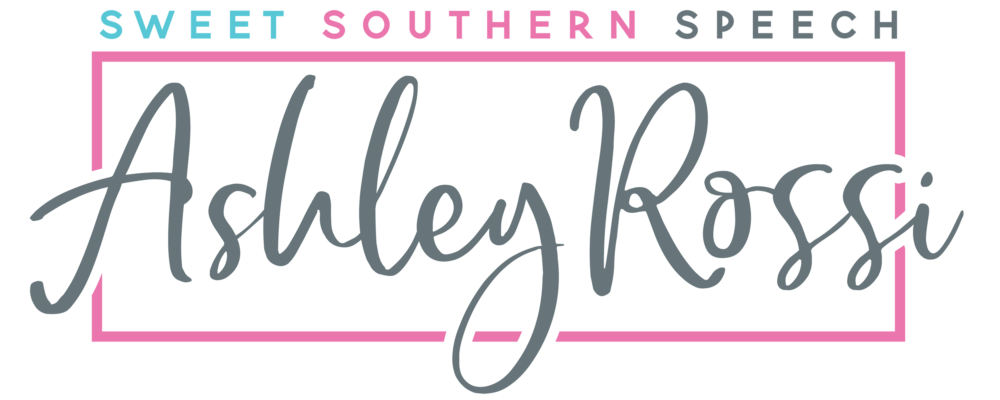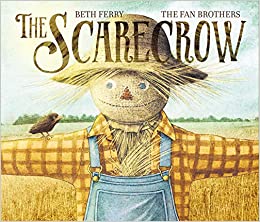This tender and affectionate story reminds us of the comforting power of friendship and the joy of helping others—a tale that will inspire and delight children for generations to come. Bestselling author Beth Ferry (Stick and Stone) and the widely acclaimed Fan Brothers (The Night Gardener) present a gorgeous and poignant picture book about two unexpected friends and the special connection they share. All the animals know not to mess with old Scarecrow. But when a small, scared crow falls from midair, Scarecrow does the strangest thing.…He saves the tiny baby crow. Soon a loving bond grows between the two unlikely friends. But is it strong enough to weather the changing of the seasons?
This emotional and impactful fall book can be used in speech therapy to address social/emotional issues like friendship and kindness. It is also great for noticing character expressions and body language and for targeting the figurative language concepts of hyperbole and personification. Discover more of the speech and language teaching concepts for using The Scarecrow in speech therapy below:



